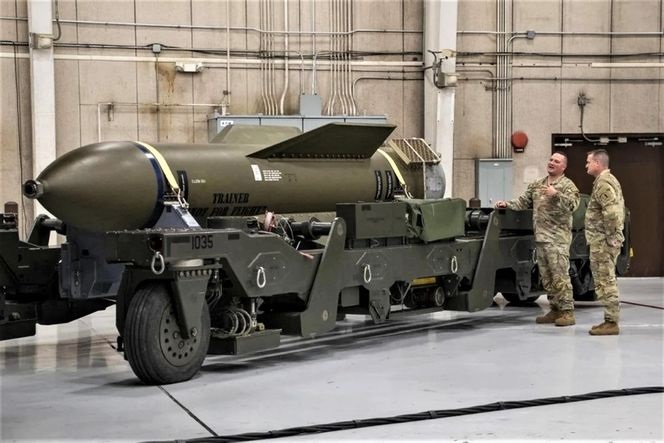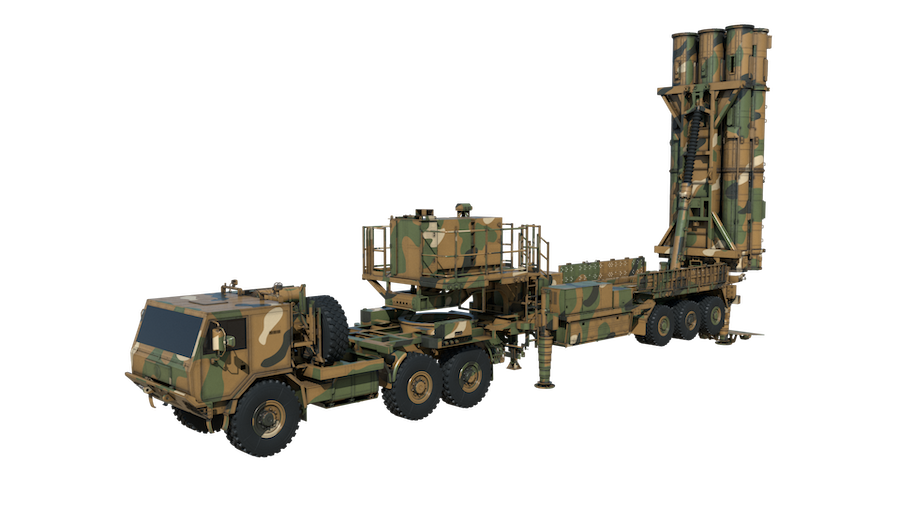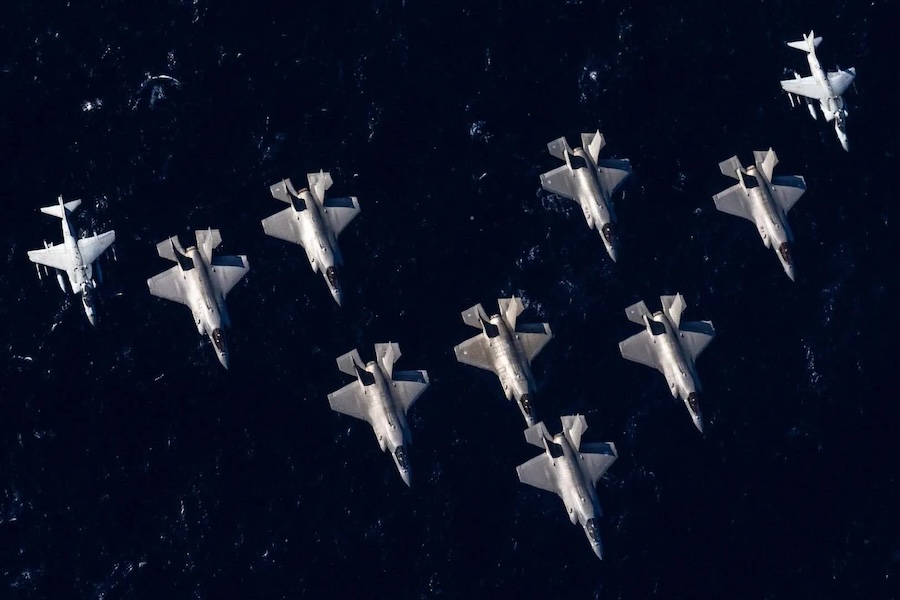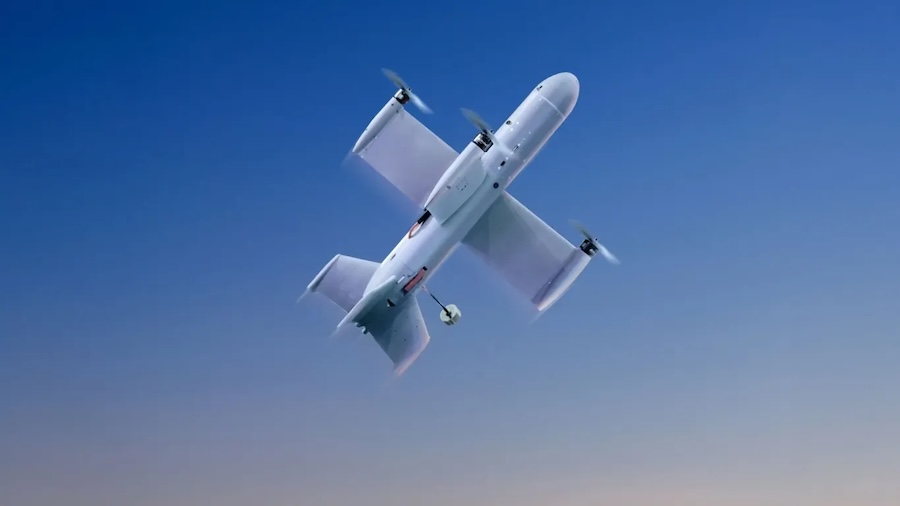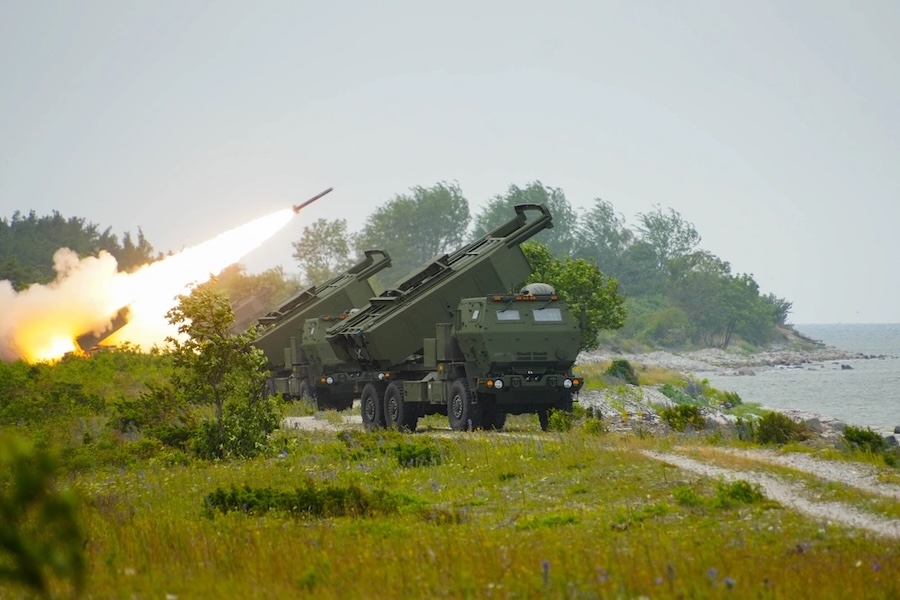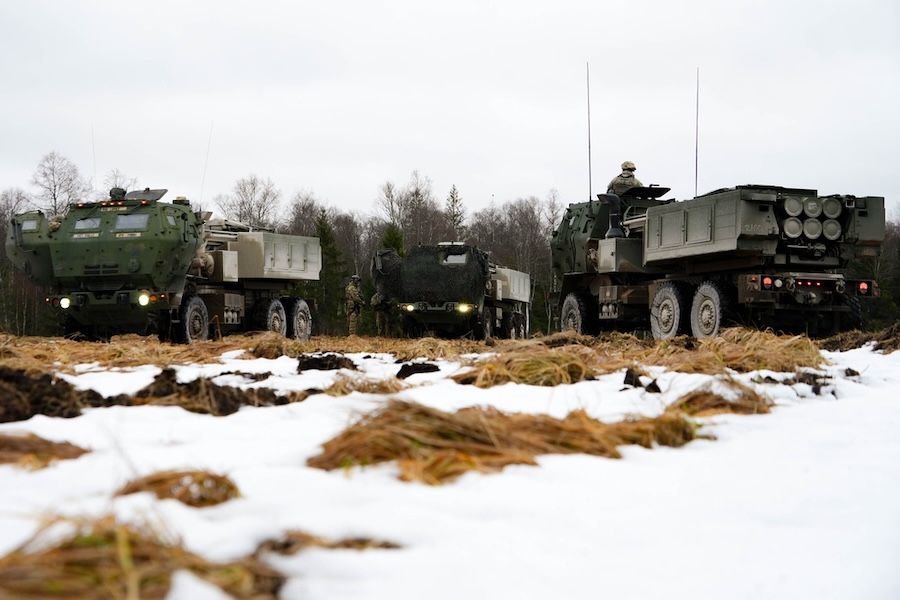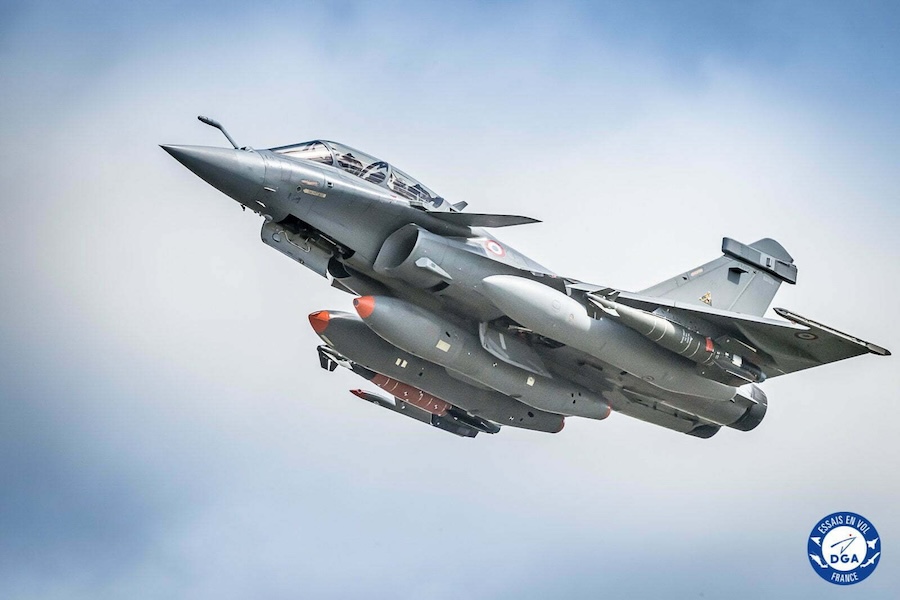The GBU-57 is a precision-guided bomb weighing over 13.6 tonnes and measuring more than six metres in length. It was developed to destroy deeply buried and heavily reinforced targets, such as underground bunkers and hardened facilities.
The weapon uses a thick, high-strength steel casing to maximise penetration through rock, earth, or reinforced concrete before detonation. Inside, it contains 2.5 tonnes of AFX-757 explosive, a compound made of plastic-bonded explosives, ammonium perchlorate, aluminium, and other components, designed for high-energy, high-temperature detonation.
To ensure maximum effectiveness, the GBU-57 is typically dropped from altitudes exceeding 10,000 metres, often in a dive to increase its impact speed to around 1,100 km/h. A smart fuze system then calculates impact conditions, detonating the warhead only after it reaches optimal penetration depth.
Due to its size and operational requirements, only the B-2 Spirit bomber can currently deliver the GBU-57 effectively. This will also be a capability of its future replacement, the B-21 Raider.
As of November 2015, the US Air Force officially had only 20 GBU-57 bombs in its inventory. It remains unclear how many are currently in stock, but the scale of the recent operation raises questions about the existing reserves and the pace at which they can be replenished.
In May 2024, Bloomberg reported that the McAlester Army Ammunition Plant in Oklahoma had expanded its production facilities to increase GBU-57 output. The upgrade, completed in July 2024, was intended to raise production capacity from two bombs per month to at least six, and potentially eight.
This would increase annual production from 24 to between 72 and 96 bombs. Between August 2024 and June 2025, the plant could have produced at least 60 bombs, though no official figures have been released.
The main bottleneck in production is the filling process of the bomb’s casing with explosive material, which requires careful handling due to its complexity and risk. After this stage, Boeing integrates the guidance and detonation systems and delivers the final product.
The production line at McAlester is also used for other heavy bombs, including the GBU-28 (weighing three tonnes) and the BLU-109 (under one tonne), which are supplied to other countries, including Israel. These are used against less fortified targets such as aircraft shelters.
Given the upgraded production and past data, it is considered likely that the US military had more than 100 GBU-57 bombs available at the time of the Iranian strike, including several variants. The most recent version, the GBU-57F, is equipped with an upgraded intelligent fuze designed to enhance the weapon’s destructive effectiveness.




